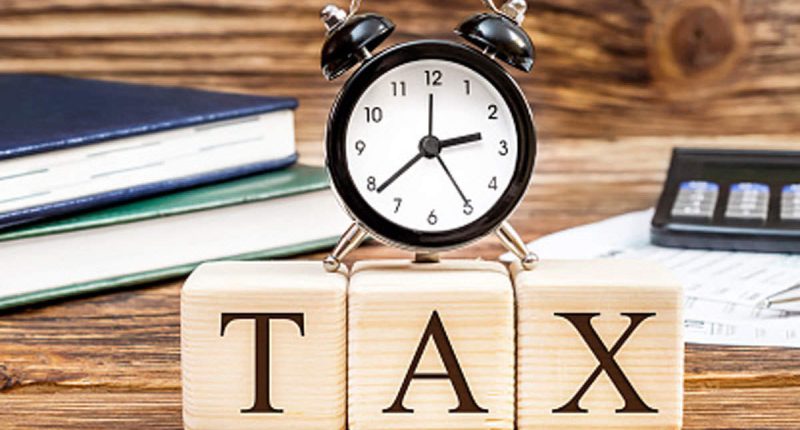The Centre’s indirect tax revenues, excluding the amount distributed to states, have risen by approximately 19% compared to last year in April and May. This growth can be attributed to solid Goods and Service Tax (GST) collections and improved customs duty collections. These figures surpass the required % growth rate of 10.6% needed to reach the fiscal year 2023-24 target.
The target for indirect tax revenue in the fiscal year 2023-24 is Rs 15.37 trillion, surpassing the actual receipts of Rs 13.91 trillion in the previous fiscal year 2022-23. In April and May of the current fiscal year, the estimated indirect tax receipts amount to approximately Rs 2.46 trillion, around 16% of the annual target. This compares favourably to the achievement of 14.8% of the target during the same period last year.
In the previous fiscal year, the Centre successfully reached the revised estimate of Rs 13.9 trillion in indirect tax revenue. This amount exceeded the initial budget estimate (BE) by Rs 50,000 crore, primarily due to strong and robust GST receipts.
The average monthly GST collections during the first two months of the current fiscal year have amounted to Rs 1.72 trillion. In April, a remarkable collection of Rs 1.87 trillion was supported by year-end transactions in March. As anticipated, the GST collections declined to Rs 1.57 trillion in May.
Officials anticipate that the monthly gross GST collections, which include state GST and compensation cess, are expected to fall within the range of Rs 1.55-1.6 trillion during the current fiscal year. This is in comparison to the target of Rs 1.5 trillion per month. As a result, Central GST collections may surpass the FY24 target of Rs 8.1 trillion by a significant margin.
According to the official, Customs duty collections have shown positive performance in the first two months of the current fiscal year compared to the same period last year.
In the current financial year, the government’s emphasis is on enhancing compliance and expanding the tax base by the Centre. These measures aim to strengthen revenue collections.
To combat fake GST registrations and detect instances of Input Tax Credit (ITC) fraud, the Central Board of Indirect Taxes and Customs has implemented a new measure. All applications will now be assigned a risk rating, and tax officers will cross-verify the submitted documents with municipal records. Following a special drive, these instructions were issued, revealing instances of fraudsters exploiting PAN and Aadhaar numbers to obtain GST registrations.
The CBIC (Central Board of Indirect Taxes and Customs) has been actively implementing measures to reduce the time required for cargo clearance by Customs authorities. This initiative aims to facilitate quicker and smoother clearance processes, which, in turn, would contribute to increased customs duty collections.
For any clarifications/feedback on the topic, please contact the writer at samiksha.swayambhu@clear.in

I am an engineer passionate about literature, content, books, feline companions, and practising yoga. I love navigating diverse genres, which led me to my work here at ClearTax.





